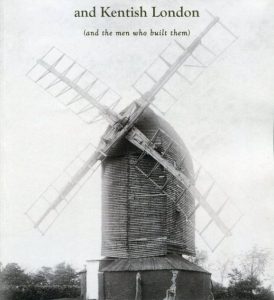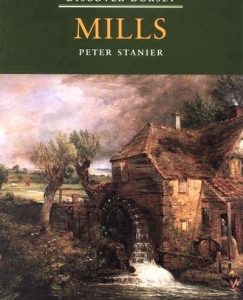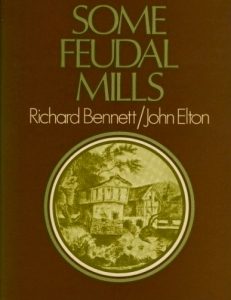The textile industry of south-west England: a social archaeology
£30.00
Card cover, 160pp. Fully illustrated with 100 maps and photographs, a quarter of them in full colour.
This book is a study of the material evidence surviving from the past in the contemporary landscape which can help us understand both the processes and the social context of production in one of the major textile areas of Britain, the five counties of Wiltshire, Gloucestershire, Somerset, Dorset and Devon, hereafter known as ‘the south-west’. It is written by two industrial archaeologists and, although documentary evidence is used, it is the physical survivals which receive the main emphasis throughout the book.
Woolen cloth, silk, linen, lace, rope and sailcloth were made in south-west England and an introductory chapter looks at how these fabrics were produced to meet changing markets. Most of the book is devoted to the buildings themselves, ranging from the splendid Tuckers Hall in Exeter through clothiers’ houses and rural fulling and spinning mills to the homes of the workforce, many of which were also workplaces for handloom weavers well into the nineteenth century. Where the buildings no longer exist, written sources have helped to reconstruct what they looked like and how they were used. A final chapter considers the ways in which many of the mills and houses have found new roles in the contemporary landscape.
2 in stock





